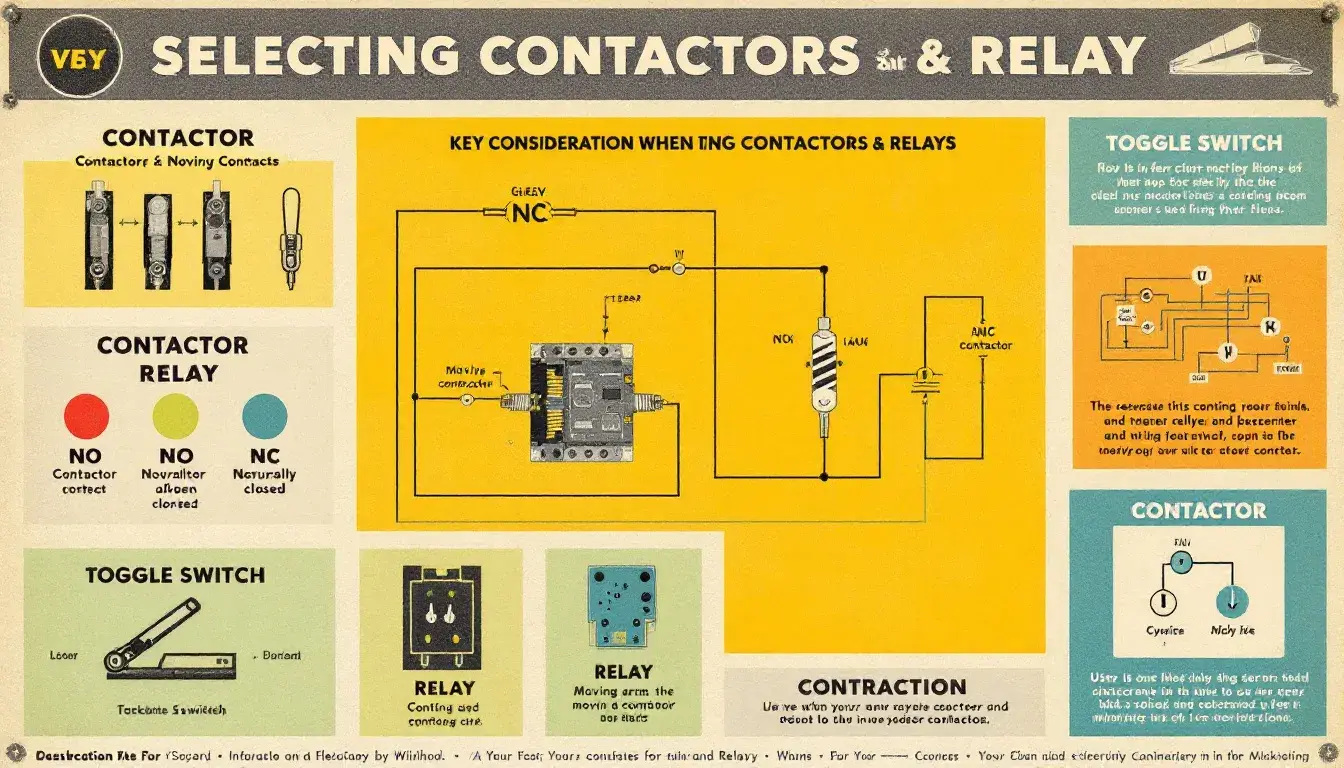What is the effect of overloading in the circuit?
Table of Contents
ToggleYou’ve generated an electrical circuit overload if you’ve ever plugged in too many holiday lights, turned on a vacuum, or turned on a space heater only to have the lights or appliance abruptly turn off. The safest technique is to limit your electrical usage in the first place to avoid overloads.
What Is an Overload in an Electrical Circuit?
When you draw more electricity than a circuit can safely handle, you have an electrical circuit overload.
What Causes Electrical Circuit Overloads?
Electrical circuits are only capable of handling a certain amount of current. Wiring, a breaker, and gadgets make up a circuit. The total LOAD on the circuit is determined by the amount of power used by each gadget when it is turned on. When the circuit wiring’s rated load is exceeded, the circuit breaker trips, cutting power to the entire circuit.
If the circuit did not have a breaker, an overload would cause the circuit wiring to overheat, melting the wire insulation and causing a fire. Because different circuits have varied load ratings, some can supply more electricity than others.
Overloaded Circuit Symptoms
A breaker tripping and cutting off all power is the most evident indicator of an electrical circuit overload. Other signs may be less obvious:
• Dimming lights, particularly if they dim when you use appliances or turn on extra lights.
• Outlets or switches that make a buzzing noise.
• Surfaces that are warm to the touch, such as outlet or switch covers.
• Burning scents coming from switches or outlets.
• Burned plugs and outlets
• Power tools, appliances, or devices that don’t seem to have enough juice.
Circuit Mapping in Your Home
Learning which circuits power which gadgets are the first step in preventing electrical circuit overload. After you’ve laid out the basic circuit layout, you can calculate each circuit’s safe load rating to see how many objects you can connect to it. If your kitchen lights fade when you switch on your toaster oven (power-hungry equipment), and that the circuit capacity is nearing its limit. Mapping the circuits can also reveal whether new circuits are required to satisfy the household’s usual demands.
Circuit mapping is straightforward (if tedious):
- Take a notepad and a pencil with you.
- Turn off one of the breakers with the number 15 or 20 stamped on the end of the breaker switch by opening the door to your home’s service panel (breaker box).
- Make a note of where the circuit is in the panel on the pad so you can find it later.
After that, take a tour through the house and test out all of the lights, ceiling fans, and plug-in appliances. Make a list of everything that doesn’t have power, as well as the room it’s in. Also, try each outlet with a voltage or receptacle tester, or even a plug-in light or lamp, and make a note of those that don’t work. You don’t have to go around the whole house to find each circuit. If your electrician was thorough, there might be labels next to the breakers indicating the circuit sections.
Circuit Load Calculation
Your circuit map will show you which circuits power which devices. Now you must figure out how much energy the devices consume. You’ll need a quick education in electrical energy to do so. Watts are the units of measurement for electricity; a 100-watt light bulb consumes 100 watts. The product of voltage (volts) and amperage (amps) equals a watt:
1 watt Equals 1 volt x 1 amp
Add the wattage of all the devices on each circuit to obtain the total load on that circuit. The wattage of light bulbs and many little gadgets is labeled. To calculate the watts of a device that only gives you amps, multiply the amp value by 120 (the voltage of typical circuits). Include any permanently connected gadgets to the circuit and any plug-in appliances that aren’t used frequently.
Compare each circuit’s total wattage to the load rating for that circuit. Fifteen amps are rated for circuits with “15” breakers. One of these circuits has a maximum load rating of 1,800 watts:
1,800 watts = 120 volts x 15 amps
You will overload the circuit if you use more than 1,800 watts on it, and the breaker will trip.
Circuits with “20” breakers are rated for 20 amps and can handle a maximum load of 2,400 watts:
2,400 watts = 120 volts x 20 amps
For each circuit, compare the overall wattage (how much electricity you’re consuming) with the load rating. A 15-amp circuit servicing lights and outlets in a living room, for example, may provide 500 watts for lighting, 500 watts for the TV and cable box, and 200 watts for the sound system, totaling 1,200 watts. If you plug in a 700-watt vacuum when the TV, stereo, and lights are turned on, you’ll surpass the circuit breaker’s 1,500-watt rating, causing it to trip and turn off the electricity.
Solutions
The maximum load on each circuit isn’t the best benchmark to aim towards. It’s desirable if the usual load on a circuit exceeds 80% of the maximum (rated) load for a margin of safety. The safe load target for a 15-amp circuit is 1,440 watts; for a 20-amp circuit, the safe load target is 1,920 watts.
If your circuit calculations show that you’re taking more watts from a circuit than the safe load number—or if you’re often overloading the circuit by exceeding the rated load—there are a few strategies to lessen the load on the circuit to avoid overload:
• Move plug-in appliances to a less-used circuit (use your mapping and circuit calculations to identify circuits that have plenty of available wattages).
• Avoid turning on too many things at once. Turn off the TV and sound system when vacuuming, for example (you won’t be able to hear them anyhow).
• Replace incandescent or halogen light bulbs with energy-efficient LED (preferred) or CFL (fluorescent) bulbs to reduce lighting loads.
• New circuits for high-demand devices should be installed.
If you want to know more about preventative measures, click here
Tel: +86-577-88671000
E-mail: ceo@tosun.com
Skype: tosunelectric
Wechat: +86-139 6881 9286
WhatsApp: +86-139 0587 7291
Address: Room No.1001 Wenzhou Fortune Center,Station Road, Wenzhou, China
REQUEST A QUOTE
WhatsApp us
 : +86-139 0587 7291
: +86-139 0587 7291 English
English Español
Español Русский
Русский Français
Français العربية
العربية Português do Brasil
Português do Brasil Українська
Українська Türkçe
Türkçe Polski
Polski Nederlands
Nederlands Italiano
Italiano Bahasa Indonesia
Bahasa Indonesia हिन्दी
हिन्दी اردو
اردو አማርኛ
አማርኛ Հայերեն
Հայերեն ไทย
ไทย Монгол
Монгол فارسی
فارسی Shqip
Shqip Ελληνικά
Ελληνικά



